Rugged, tough, and intense can be used to not only describe the region of Abruzzo, but also hints at the personality of our chef Peppino Tinari for the study and preparation of the cuisine of Abruzzo. The region of Abruzzo is considered by many to be Italy’s last great wilderness. Peppino said that two thirds of the region is national park land and is Italy’s greenest region. The region is sparsely populated, and is dramatic with the Apennine Mountains cutting through it making it necessary for many towns and farms to be in locations with drastic vertical slopes. Driving through Abruzzo on the A24 you will traverse the Gran Sasso and in mid June you will find plenty of snow on its peaks. The Gran Sasso is the highest peak in the Apennine range and is the highest point on the Italian mainland south of the Alps. If you remember last week’s comments regarding Umbria you are probably thinking that Abruzzo must have a coastline, and therefore seafood. You are correct and the coastal cuisine is similar to other regions along the Adriatic with various rich hearty Brodetto’s (fish stews) being found up and down the coast. Peppino did not talk a lot during our two days of cooking the cuisine of his homeland, but he did say that he had a passion for the products he used, he did not like modern technology in the kitchen, and he preferred the ancient traditional ways of cooking.
Probably the most famous dish of this region and one of the most famous pastas in the world is Chitarrina. The pasta is cut with a special tool, the chitarra, or guitar. The instrument is a rectangular box strung with strings and resembles a small guitar. You roll out your pasta dough usually made with egg yolks to about 1/8-1/4 inch thick, lay the dough over the strings and use a rolling pin to press the dough through the strings to obtain square-cut spaghetti like pasta noodles. The pasta is usually served with a meat ragu, but can also be served with simple, seasonal vegetables like tomatoes and fresh herbs. Farro or spelt wheat is grown and used extensively in the region. Farro can be used as featured item in soups, but also ground to make flour to use in pastas, which is common in this region, read, and coarse ground to make polenta.
Lamb is the primary meat raised and utilized in the region, and therefore you will find sheep milks cheeses in the region. The chef brought in a whole lamb for our class which we promptly dismantled, and we cooked about 10 different lamb dishes over the two days, utilizing every part of the lamb including all internal organs, and splitting and roasting its head. As in other regions rabbit and pork play an important part in the cooking of Abruzzo. Pig as in the rest of Italy is particularly important for its ability to not only be eaten fresh, but more critically its ability to be made into salume, and to be eaten all year.
Almonds grow plentifully in the Abruzzo and are featured in many desserts, and breads. The region produces excellent Olive Oil and wines. In fact some call the region the ”land of olive groves”. Red and white wines are produced in the region with one of the wines Colline Teramane holding the highest DOCG status. The most known wine of the area is the red Montepulicano d’ Abruzzo which holds DOC status. The region has recognized the importance of developing and promoting the quality products it has to offer such as wines, olive oils, cured meats, pasta, and truffles. It can be said that the cuisine of the region has been shaped by its environmental and economic history, that it is rooted in tradition, but embraces the opportunities of the future.
Thursday, July 17, 2008
Subscribe to:
Post Comments (Atom)











































































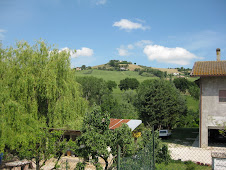

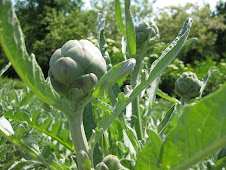


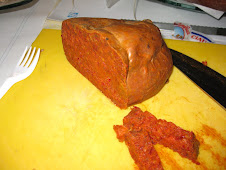
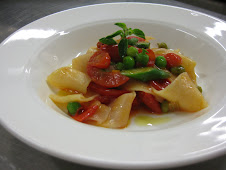
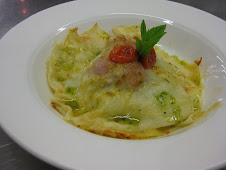
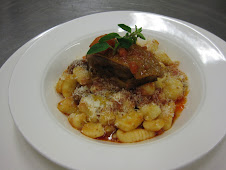








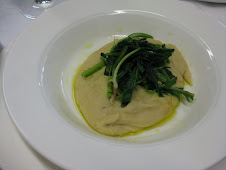

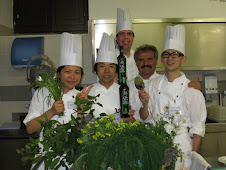
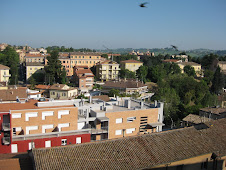


1 comment:
this is an innovative website that gives required connections between renters and landlords, the aim is to attach property householders wanting to advertise their nice properties with renters seeking quality, cheap housing.
charlotte corporate housing
Post a Comment